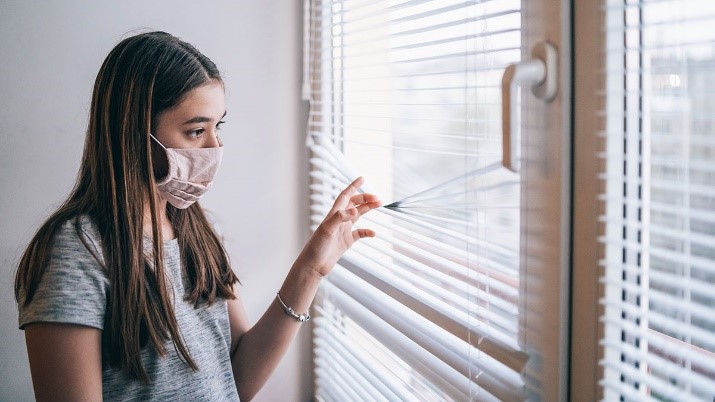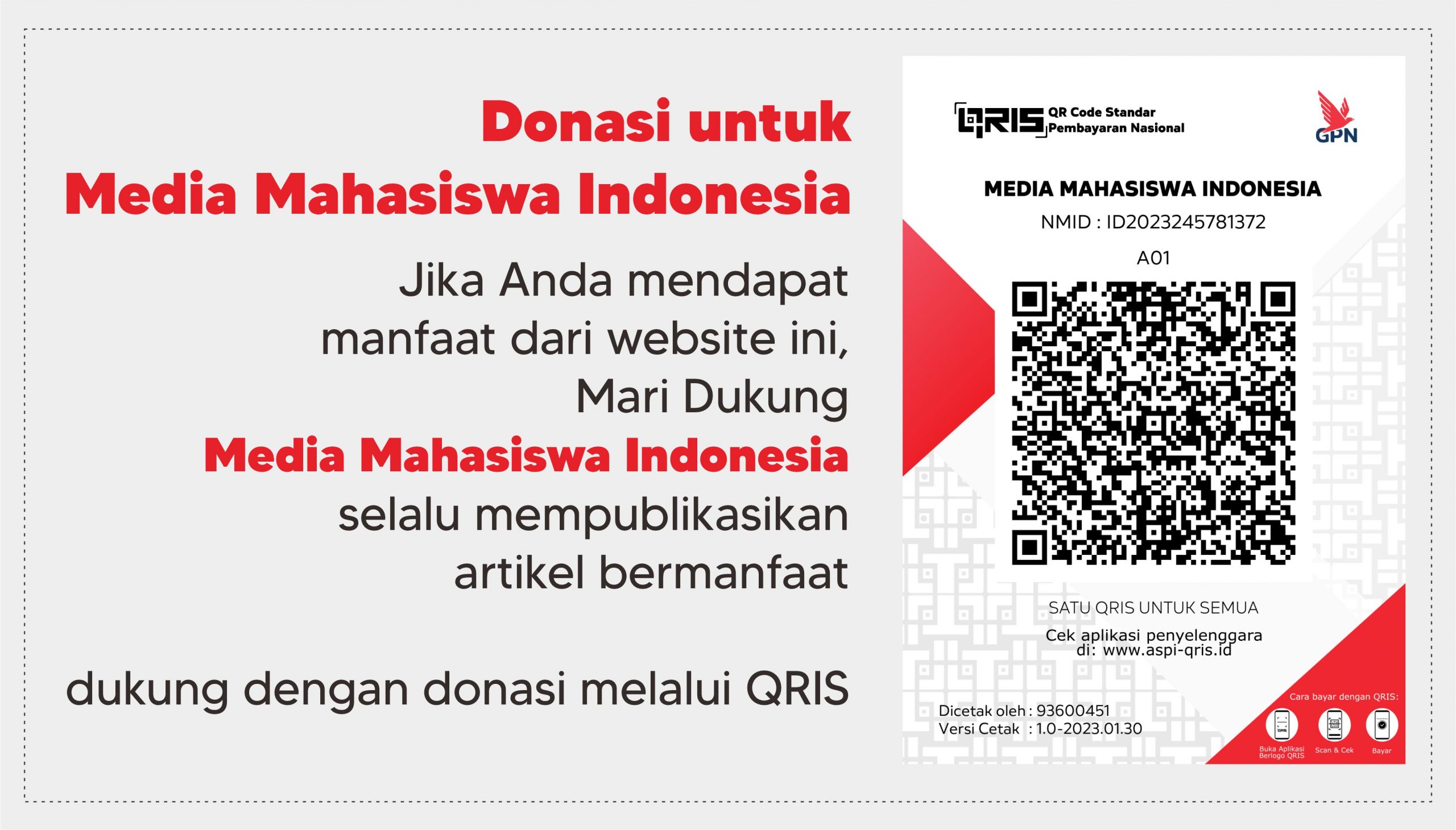The COVID-19 pandemic is the biggest challenge in the last century that the whole world has never experienced. The growing crisis in the mental health of children and adolescents has become a major concern in recent years.
The COVID-19 pandemic has resulted in governments implementing disease control measures such as school closures, social distancing, and home quarantine. Children and adolescents are experiencing a prolonged state of physical isolation from their peers, teachers, extended families, and community networks (Loades et al., 2020).
The mental health charity Young Minds in the United Kingdom reported poorer mental health when quarantine was imposed during the pandemic. Many reported higher levels of anxiety, problems with sleep, panic attacks or more frequent urges to self-harm among those who already self-harmed (Lopez-Serrano et al., 2020).
The social isolation that prevails in almost all countries has a negative impact on children because it stops the teaching and learning process so they cannot play outdoors, cannot engage in school activities, and cannot interact with peers. As a result, their psychological well-being can be compromised in the long run.
Children are psychologically affected and more prone to anxiety than adults. Even in the pre-birth period, children in the womb experience biological disturbances from the mother during pregnancy.
In one of the preliminary studies during the on-going pandemic, it was found younger children (3-6 years old) were more likely to manifest symptoms of clinginess and the fear of family members being infected than older children (6-18 years old) (Singha et al., 2020). Children began to have disturbed sleep patterns, appetite, and unstable emotions.
Social isolation also brought elevated levels of domestic violence, including childhood maltreatment or neglect as a result of parenthood insecurities and inabilities (Fegert et al., 2020).
During childhood, adverse experiences such as trauma can induce long-term impacts on brain development as well as promote mental and behavioral disturbances through neurochemical and physiological imbalance related to neuroimmunoendocrine regulatory mechanisms (De Bellis and Zisk, 2014).
Therefore, caution is needed in how to manage stress during the pandemic by ensuring that children, adolescents, and families are receiving good mental health assistance.
The social restrictions that occurred during the COVID-19 pandemic resulted in children and young people experiencing loneliness. Social restrictions are one of the first indications that someone feels lonely. Loneliness is the painful emotional experience of a discrepancy between actual and desired social contact (Loades et al., 2020).
In all, 12 of the 15 studies found that loneliness is associated with depression and explained a significant amount of the variance in severity of depression symptoms several months to several years later (Loades et al., 2020).
During the pandemic children who are more likely to be forced into social isolation are five times more likely to require mental health services and experience higher levels of post-traumatic stress.
Quarantine also affected parents drastically, who, in turn affect their children’s mental health (Magson et al., 2021).
Many reasons are factors that increase parental stress during a pandemic, such as losing a job, losing a loved one, and having to constantly adjust to new changes that occur in homework with children who are being schooled at home.
Stress experienced by parents will also have an impact on children. Children of parents who experienced job loss were also found to be five times more likely to be psychologically mistreated, which includes verbal threatening, belittling, and ridiculing of children.
Those who are maltreated exhibit higher rates of aggression, hyperactivity, conduct problems, anxiety, and depression (Whittle et al., 2020).
Messages poured out by social media regarding information related to disease transmission can increase the perception of anxiety by the public, especially active social media users who tend to be dominated by adolescents. Repeated exposure to the dissemination of this information can lead to an increase in stress responses and is feared to have a negative impact on future health.
Therefore, as suggested by Garfin et al. (2020), it is important for the media to try to present key public health crisis information in a balanced manner that is not sensationalised or with an abundance of disturbing images and it is recommended that members of the public rely on authoritative sources such as national public health authorities or the World Health Organisation.
The COVID-19 pandemic era has challenges that are far more serious than previously imagined. Starting from affecting a person’s physical condition to having an impact on his mental state. Especially in the lockdown policy set by the government, adolescents and children also feel the impact of the lockdown policy on their mental health.
The increase in symptoms and behaviors that appear among young people shows a level that tends to be so high. Various efforts have been made regarding the prevention and treatment of the impacts that arise during this coronavirus pandemic.
It is important for us to work together to stop the negative impacts that arise and start paying attention to the surrounding environment on one’s mental health. It is undeniable that the impact of the COVID-19 pandemic may still be felt by the community until now or even the future. Are you one of those who still feel the impact today?
Author: Monika Savira
Psychology Student, Universitas Pendidikan Indonesia
Editor: Salwa Alifah Yusrina
Bahasa: Rahmat Al Kafi
References
Singh, S., Roy, D., Sinha, K., Parveen, S., Sharma, G., & Joshi, G. (2020). Impact of COVID-19 and lockdown on mental health of children and adolescents: A narrative review with recommendations. Psychiatry research, 293, 113429. https://doi.org/10.1016/j.psychres.2020.113429
De Figueiredo, C. S., Sandre, P. C., Portugal, L. C. L., Mázala-de-Oliveira, T., da Silva Chagas, L., Raony, Í., … & Bomfim, P. O. S. (2021). COVID-19 pandemic impact on children and adolescents’ mental health: Biological, environmental, and social factors. Progress in Neuro-Psychopharmacology and Biological Psychiatry, 106, 110171.https://doi.org/10.1016/j.pnpbp.2020.110171
Loades, M. E., Chatburn, E., Higson-Sweeney, N., Reynolds, S., Shafran, R., Brigden, A., … & Crawley, E. (2020). Rapid systematic review: the impact of social isolation and loneliness on the mental health of children and adolescents in the context of COVID-19. Journal of the American Academy of Child & Adolescent Psychiatry, 59(11), 1218-1239. https://doi.org/10.1016/j.jaac.2020.05.009
Lopez-Serrano, J., Díaz-Bóveda, R., González-Vallespí, L., Santamarina-Pérez, P., Bretones-Rodríguez, A., Calvo, R., & Lera-Miguel, S. (2023). Psychological impact during COVID-19 lockdown in children and adolescents with previous mental health disorders. Spanish Journal of Psychiatry and Mental Health, 16(1), 32-41. https://doi.org/10.1016/j.rpsm.2021.04.002
Listernick, Z. I., & Badawy, S. M. (2021). Mental health implications of the COVID-19 pandemic among children and adolescents: What do we know so far?. Pediatric Health, Medicine and Therapeutics, 543-549. https://doi.org/10.2147/PHMT.S315887
Fegert, J. M., Vitiello, B., Plener, P. L., & Clemens, V. (2020). Challenges and burden of the Coronavirus 2019 (COVID-19) pandemic for child and adolescent mental health: a narrative review to highlight clinical and research needs in the acute phase and the long return to normality. Child and adolescent psychiatry and mental health, 14, 1-11. https://doi.org/10.1186/s13034-020-00329-3
De Bellis, M. D., & Zisk, A. (2014). The biological effects of childhood trauma. Child and Adolescent Psychiatric Clinics, 23(2), 185-222. https://doi.org/10.1016/j.chc.2014.01.002
Magson, N. R., Freeman, J. Y., Rapee, R. M., Richardson, C. E., Oar, E. L., & Fardouly, J. (2021). Risk and protective factors for prospective changes in adolescent mental health during the COVID-19 pandemic. Journal of youth and adolescence, 50, 44-57. https://doi.org/10.1007/s10964-020-01332-9
Whittle, S., Bray, K., Lin, S., & Schwartz, O. (2020). Parenting and child and adolescent mental health during the COVID-19 pandemic. https://doi.org/10.31234/osf.io/ag2r7
Garfin, D. R., Silver, R. C., & Holman, E. A. (2020). The novel coronavirus (COVID-2019) outbreak: Amplification of public health consequences by media exposure. Health psychology, 39(5), 355. https://doi.org/10.1037/hea0000875
Ikuti berita terbaru Media Mahasiswa Indonesia di Google News










